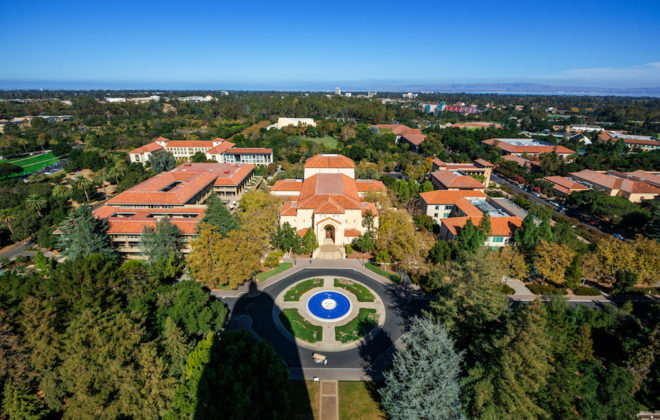2018 College Admission Rates: Is Getting Into College Harder Than Ever Before?
May 17, 2018

The results from the 2017-18 admissions cycle are still rolling in, but the data available thus far sends one very clear message—acceptance rates at highly-selective colleges are dwindling.
Ivy League results
The numbers at Ivy League schools were already so minuscule that this year’s decreases are only a matter of decimals: Princeton fell from 6.1% to 5.5%, Penn admitted just 8.4% in 2018 versus 9.1% last year, and Harvard said yes to just 4.6% of applicants after welcoming 5.2% in 2017. After a slight bump in 2017 due to increasing the number of students on campus, Yale’s arrow turned downward once again with a 6.3% acceptance rate. Brown and Columbia’s rates shrunk as well—from 8.3 to 7.2% and 5.8 to 5.5%, respectively.
Dartmouth shed their double-digit acceptance rate of 2017, falling to 8.7%. Cornell stayed in the double-digits, but only by a hair. The university welcomed 10.3% of applicants in 2018 compared to 12.5% in 2017.
Other elite institutions
The more dramatic drops took place at other prestigious non-Ivies. For example, NYU’s acceptance rate plummeted from 28% to 19% in a single year. Villanova’s admit rate went down by 7 percentage points, Boston College’s dropped by 5%, USC’s fell 3 points to just 13%. Stanford maintained their “lowest acceptance rate” status at 4.3%. MIT went down a touch to 6.7%. Overall, these numbers send a clear indication that the cutthroat competition to get into the nation’s top college and universities continues to trend upward.
State universities
The aforementioned Ivy League and other elite colleges have all experienced steadily climbing application numbers in recent years. It is important to understand, however, that this trend can also be seen a state universities all across the United States.
The University of California system was inundated with applicants in 2018, resulting in many being rejected from what they (and their counselors) firmly believed were safety schools. Berkeley and UCLA have long been recognized as highly-selective schools, but this year three other campuses, San Diego, Irvine, and Santa Barbara, were deluged with six figures worth of applications. Riverside applications spiked more than 12%. In response, students interested in attending the UC system will have to recalibrate their expectations, acknowledging that the entire network of schools is now on whole new plane of selectivity.
Back in 2006, the University of Washington received roughly 16,000 applications; in 2018 they received 46,000. The number of applications to the University of Florida, UConn, Maryland, and the University of North Carolina all soared as well. In fact. the UNC system, with its many branch campuses, experienced a similar phenomenon to what occurred in California’s state system. An influx of applications caused many students to be rejected from branch campuses that they expected, based on last year’s cycle, to be safety schools.
Is it actually getting harder?
Just because a particular school’s application numbers go up and admit rate goes down, doesn’t necessarily mean that it is becoming more difficult to get into that institution. After all, some of the shrinking admission percentages are attributable to the ongoing upward trend of teens applying to more schools. It is essential to look in-depth at the academic profile of admitted students at a given university to see if a diminishing rate of admission is truly indicative of swelling competition.
For example, applications at Bates College rose a staggering 45% between 2017 and 2018. Yet, the profile of admitted students (SAT/ACT, GPA, etc.) did not change significantly. On the other hand, NYU received a record 75,000 applications in 2018 and also became more selective. The average SAT for a member of the class of 2022 was 1440; four years ago, the average SAT for the class of 2018 was 1340.
School-specific data of this nature (among a wealth of other information) can be found within the College Transitions Dataverse, an easy-to-use, advertisement-free resource.
How to set yourself apart
Teens applying to selective schools need to ensure that the application they submit is a worthy representation of their unique talents and achievements. College Transitions can help. In the last decade, our experts have helped to guide thousands of students into the college of their dreams. We offer a host of services including: college list development, essay and personal statement review, interview prep, resume construction, application and positioning strategies, and so much more.


